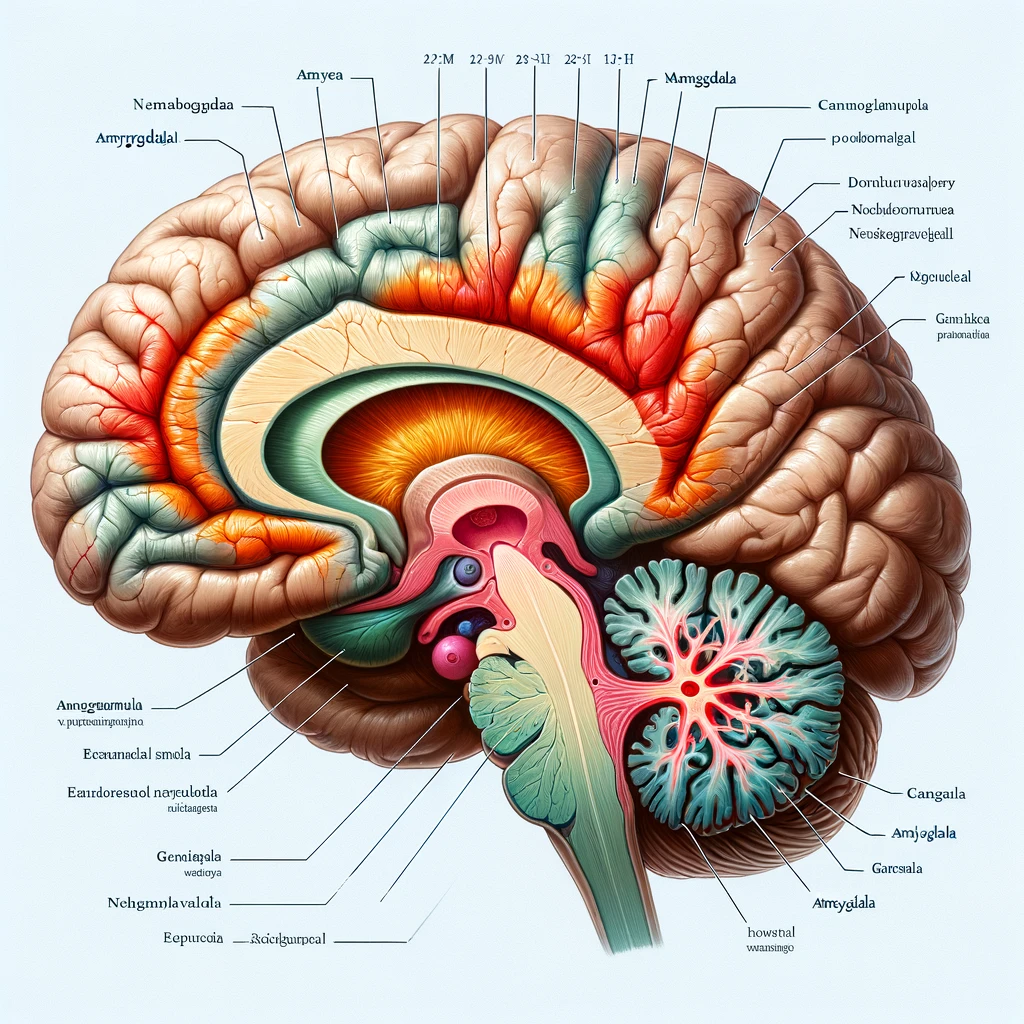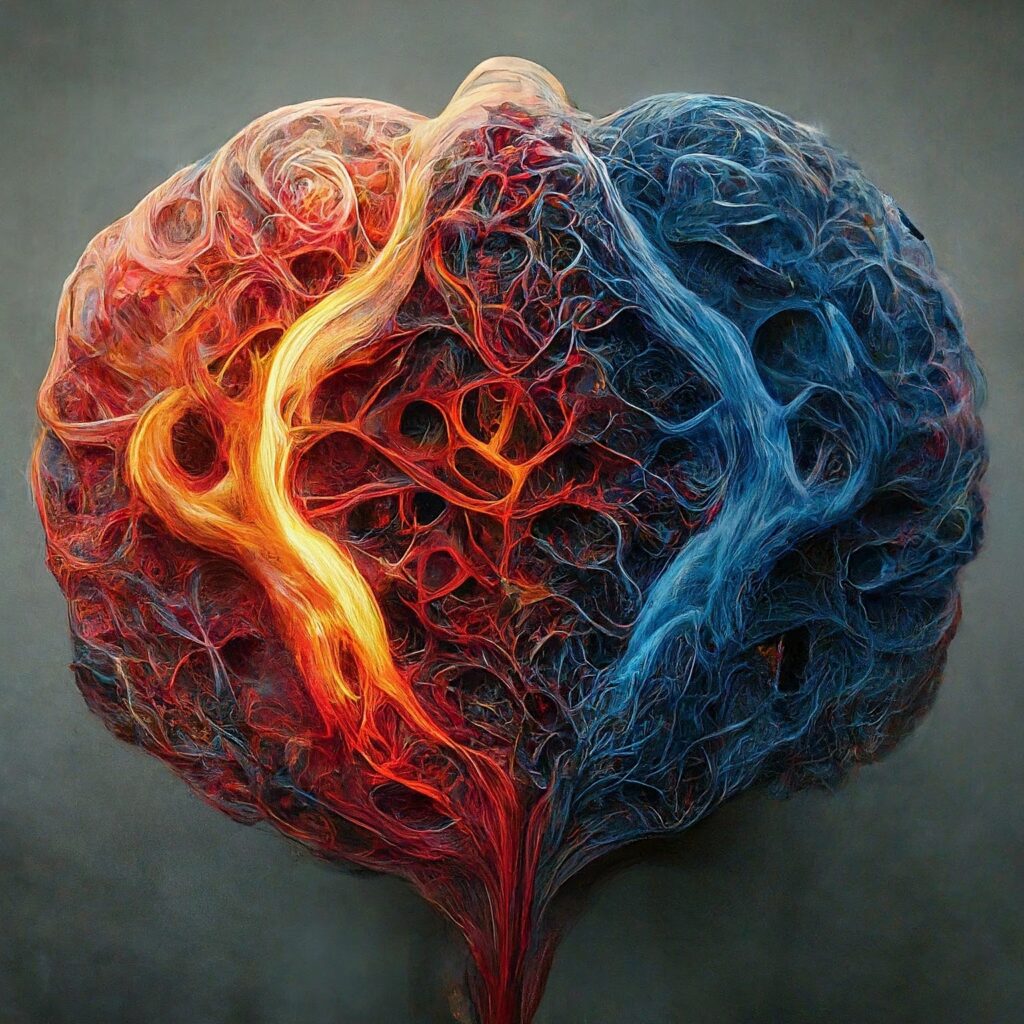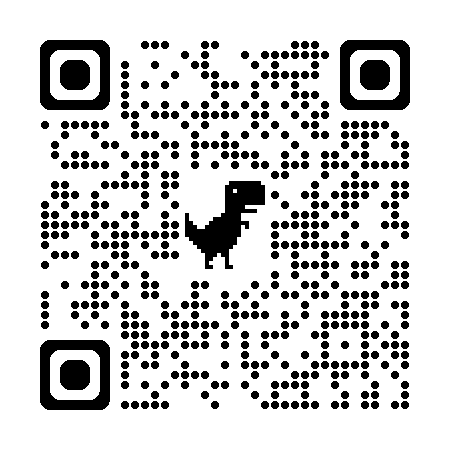
Curated by: Rev. Dr. Philippe SHOCK Matthews
(Black Trauma and Mental Health Specialist | Prompt Eng | GPT Dev | Research Scientist | Africana Phenomenologist)
The Quest-Ion:
What Happens When The Amygdala Feels Threatened?

BlackTraumaGPT Answer:
The amygdala is a critical part of the brain that plays a key role in processing emotions, particularly fear and anxiety. When the amygdala perceives a threat—whether it’s a physical danger or a psychological one—it activates a series of responses designed to protect the individual. This is often called the “fight, flight, or freeze” response. Here’s how it typically unfolds:
1. Perception of Threat: When a threat is detected, the amygdala assesses sensory data and previous experiences to determine the level of danger.
2. Activation of the Response: If a threat is perceived as real, the amygdala sends signals that increase arousal and alertness, primarily through the sympathetic nervous system. This results in the release of stress hormones like adrenaline and cortisol.
3. Physiological Changes: These hormones prepare the body to fight the threat, flee from it, or freeze (an immobility response). This includes increased heart rate, rapid breathing, heightened senses, and a surge of energy. Blood flow may be redirected to essential areas like muscles, reducing activity in non-essential systems (like digestion).
4. Behavioral Response: Depending on the situation and past experiences, the individual will react by confronting the threat (fight), escaping the situation (flight), or becoming immobile (freeze).
5. Return to Baseline: Once the threat passes, systems within the bodywork return to normal, a process aided by the parasympathetic nervous system. However, frequent activations of this stress response, particularly when they are intense or prolonged, can lead to psychological and physiological wear and tear, manifesting in various health issues.
In the context of healing from trauma, especially within Black, African, and African American communities, understanding the function of the amygdala is crucial. Historical and ongoing experiences of racial trauma can lead to a heightened state of alert in the amygdala, making individuals more susceptible to stress and anxiety disorders. Healing practices that include mindfulness, therapeutic interventions, culturally relevant support systems, and education about the impacts of trauma can be particularly effective in mitigating these effects. These practices not only help in managing the immediate responses triggered by the amygdala but also in processing and healing from the deep-rooted impacts of racial trauma.
Does The Amygdala Swell Or Enlarge?
The idea of the amygdala physically swelling or enlarging in response to immediate threats is a misconception. The amygdala does not swell or increase in size in real-time in response to stress or perceived threats. However, changes in the amygdala can occur over time due to prolonged stress, trauma, or other neurological factors.
Studies have shown that chronic stress or extended periods of fear and anxiety can lead to structural changes in the brain, including the amygdala. For instance:
1. Long-term Stress: Prolonged exposure to stress hormones like cortisol can affect brain structures including the amygdala. Chronic stress has been linked to an increase in the size of the amygdala, which can make the brain more receptive to stress and potentially lead to heightened anxiety and stress responses.
2. Trauma and Anxiety Disorders: Research indicates that individuals with certain anxiety disorders, PTSD (post-traumatic stress disorder), or those who have experienced severe trauma might show an increase in amygdala volume. This enlargement could be linked to how frequently and intensely the amygdala is activated under chronic stress conditions.
3. Impact of Healing: Conversely, interventions such as mindfulness, psychotherapy, and medication can sometimes lead to a normalization of the amygdala’s size and function, reflecting a reduction in anxiety and stress levels.
In the context of Black mental health, recognizing these potential changes is important because it reflects how systemic oppression, racial trauma, and continuous stress can physically alter brain structures, thereby influencing emotional and behavioral responses. This understanding underscores the need for culturally informed therapeutic interventions and community support systems that address the specific realities and challenges faced by Black communities. These interventions not only help manage immediate stress responses but also contribute to long-term healing and resilience-building.
Is The Amygdala A Part Of The Lizard Brain Or Triune Brain
The concept of the “lizard brain” or “triune brain” model was proposed by neuroscientist Paul D. MacLean in the 1960s as part of his theory of the evolution of the human brain. According to this model, the brain is divided into three parts:
1. Reptilian Brain (Lizard Brain): This is the oldest part of the brain, evolutionarily speaking, and includes structures such as the brainstem and the basal ganglia. It’s responsible for primal survival instincts like aggression, dominance, territoriality, and ritual displays.
2. Paleomammalian Brain (Limbic System): This part includes the amygdala, hippocampus, hypothalamus, and other structures crucial for emotion, behavior, and memory. The amygdala, particularly, plays a key role in processing emotions, especially fear and aggression.
3. Neomammalian Brain (Neocortex): This is the most recently evolved part, responsible for higher-order brain functions such as cognition, spatial reasoning, conscious thought, and language.
While MacLean’s triune brain model has been influential in popular psychology and has helped simplify and teach brain evolution and function, it is considered oversimplified by today’s scientific standards. Modern neuroscience recognizes that the brain is far more complex and integrated than the model suggests. Structures typically attributed to one of the layers in the triune brain model, like the amygdala, do not operate in isolation but are part of a network that includes cross-communication between various parts of the brain.
In this context, the amygdala, though part of the limbic system, which MacLean categorized under the paleomammalian brain, is deeply integrated with both the neocortex and the brainstem, influencing and being influenced by both “higher” and “lower” brain functions. This integration highlights the complexity of responses to environments, particularly in scenarios involving survival, emotional processing, and social interactions. Understanding these interconnections can be particularly beneficial in addressing complex trauma and promoting healing within Black communities, as it underscores the holistic nature of emotional and psychological experiences.

What Is The Limbic System And How Does The Amygdala Play A Role
The limbic system is a complex set of structures in the brain that plays a crucial role in managing emotions, memory, and certain aspects of behavior. This system is not a separate system per se but a collection of interlinked structures that work together to process and regulate emotional responses.
Components of the Limbic System
The primary components of the limbic system include:
1. Amygdala: Central to processing emotions, especially those related to fear and aggression.
2. Hippocampus: Essential for forming new memories and connecting emotions and senses, such as smell and sound, to these memories.
3. Hypothalamus: Regulates hormones, temperature, and basic drives such as hunger, sleep, and sexual desire.
4. Thalamus: Acts as a relay station for sensory and motor signals to the cerebral cortex.
5. Cingulate Gyrus: Facilitates communication between the components of the limbic system and plays a role in emotion processing and regulation.
6. Olfactory Bulbs: Process smells, which are closely linked to emotional memory.
Role of the Amygdala
The amygdala is one of the most critical components of the limbic system, particularly in the processing of emotional responses. Its key roles include:
– Emotion Processing: The amygdala assesses emotional relevance of stimuli and is particularly tuned to detect threats. It helps generate immediate emotional and physiological responses.
– Fear Learning: It is central to forming and storing memories of fearful or threatening events, which is essential for survival.
– Decision Making: Through its interactions with the prefrontal cortex, the amygdala plays a role in decision-making processes, especially those involving emotional judgments.
– Social Behavior: The amygdala influences social interaction by interpreting the emotional responses of others, such as facial expressions and body language.
In terms of mental health and particularly within the context of Black communities, understanding the function of the amygdala and the broader limbic system can be very insightful. The amygdala’s sensitivity to stress and trauma can illuminate why certain events trigger strong emotional reactions. Historical and ongoing exposure to racial trauma can prime the amygdala to perceive and react to racial threats, affecting overall emotional regulation and mental health.
Effective interventions may include therapies aimed at modifying these learned fear responses and enhancing emotional regulation. Culturally attuned therapeutic approaches can help address the specific ways in which racial trauma affects the amygdala and limbic system function, promoting healing and resilience within the community. These could involve traditional psychotherapy, community-based supportive practices, and culturally specific healing strategies that acknowledge and address the historical and social contexts affecting mental health.
Got More Quest-Ions?
Get more answers at BlackTraumaGPT.com (Link: http://blacktraumagpt.com/)
Our Sponsors and Affiliates:
This blog post is brought to you by the following: BlackTraumaGPT.com http://blacktraumagpt.com/ | George Fraser’s Power Networking Conference https://t.ly/6N6it | | MyGuardianDoc™ https://bit.ly/3TlgPaE – Your One-Stop for On-Demand Compassionate Medical Guidance, Urgent Care, Primary Care, and Virtual Second Opinions, all provided by licensed Medical Doctors. | THE BLACK AI JEDI: Black Self Mental Health Using AI: Programming chatGPT for Black Self Mental Health, Trauma, and Healing https://amzn.to/47P8MXK | Dr. Elaine Ferguson https://t.ly/fWfU0
Support Black Trauma Research:
Enjoying our content? Become a member of our Patreon https://www.patreon.com/revshock

Download the Black AI Jedi Book Series
- THE BLACK AI JEDI: Black Self Mental Health Using AI: Programming chatGPT for Black Self Mental Health, Trauma, and Healing https://amzn.to/47P8MXK
- The Black AI Jedi for Seniors: Embracing the Future with Wisdom by: Rev. Dr. Philippe SHOCK Matthews | Foreword by: Dr. Jimmy J. Davies https://amzn.to/491qI2U
- Becoming a Black AI Jedi: Afrofuturism Homeschooling: Giving Black Children an Unfair Advantage in an Unfair World https://amzn.to/48gqbsI
- Becoming A Black AI Jedi For Research Scientists and Scholars Without a Master’s Degree or Ph.D. https://amzn.to/3sGZ0bC
Socials:
SOLO: https://solo.to/revshock | BIO: https://t.ly/spV2V | BLOG: https://t.ly/j6bh0 | PODCAST: https://t.ly/cB5GD | ENDORSEMENT: https://t.ly/jFErO | THREADS: https://t.ly/SoKkT | GRAM: https://t.ly/XsN8f | FB: https://t.ly/R3r9Y | TWITTER: https://t.ly/iJ-wy | LINKEDIN: https://t.ly/GZ0pe | TIKTOK: https://t.ly/zfp60
